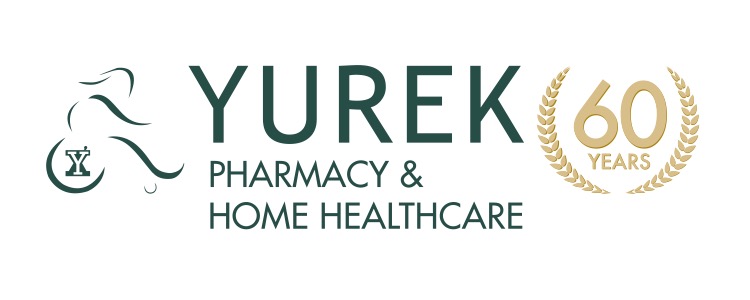ips for New Ostomy Patients
In North America, there are approximately 70,000 new ostomy surgeries performed every year. Translation: chances are you know someone who has or is scheduled to have ostomy surgery.
Ostomy surgery is life altering and leads to many questions. The two most common stoma care questions we’re asked by our ostomy clients are:
- How can I take care of the skin around my stoma and prevent complications?
- Where can I go to talk with someone about living with my stoma?
According to Hollister, a leading supplier of ostomy products, first, it’s important to learn how peristomal skin complications might affect you.
Peristomal skin complications can range from mild to moderate to severe. In mild cases, the skin is still intact and may have redness, itching, or discomfort. In severe cases, the skin is broken and there may be weeping, ulcerations, pain, and bleeding.
Results of these common complications may include soreness and pain, a cycle of leakage, negative impact on your social life, increased healthcare costs and hospital stays.
Your daily routine needs to focus on making sure the skin around your stoma is healthy.
Here are some helpful tips:
- Remember, less is better. For most people, water is sufficient for cleaning the skin.
- If soap is needed, use mild soap without lotion or cream. These ingredients tend to leave a residue or film on your skin that can interfere with the skin barrier adhesive.
- If you use a skin prepping wipe before applying an extended wear skin barrier, it may decrease your wear time.
- Selecting products infused with ceramide has been shown to have a positive impact on peristomal skin health.
- Things NOT recommended for routine peristomal skin care: soap with lotion, creams, lotions, powders, baby wipes, isopropyl alcohol, steroidal medications, or ointments.
No skin irritation is “normal.”
If you discover red, broken or irritated skin, contact your stoma care nurse immediately!
Above all, remember you are not alone.
Your healthcare team is there to provide education and support through your health journey. Here are a few other community resources to explore:
- Ostomy Canada Society is a non-profit volunteer organization dedicated to all people with an ostomy, and their families, helping them to live life to the fullest through support, education, collaboration and advocacy. https://www.ostomycanada.ca/
- Ostomy Toronto’s Handbook for New Ostomy Patients, Southern Ontario Edition: http://www.ostomytoronto.ca/pdf/handbook.pdf
- Myths and facts about peristomal itching and other skin concerns. http://bit.ly/2lWTnU0
- Hollister’s Ostomy Learning Centre complete with Resources and FAQ’s: http://bit.ly/2kMTDEA
- Get help paying for an enteral feeding pump and supplies or ostomy supplies when you qualify for the Assistive Devices Program. http://bit.ly/2mjWLsa
Remember, we are home healthcare specialists. You can rely on us to provide information that will help navigate the changes in your health and daily living needs.






